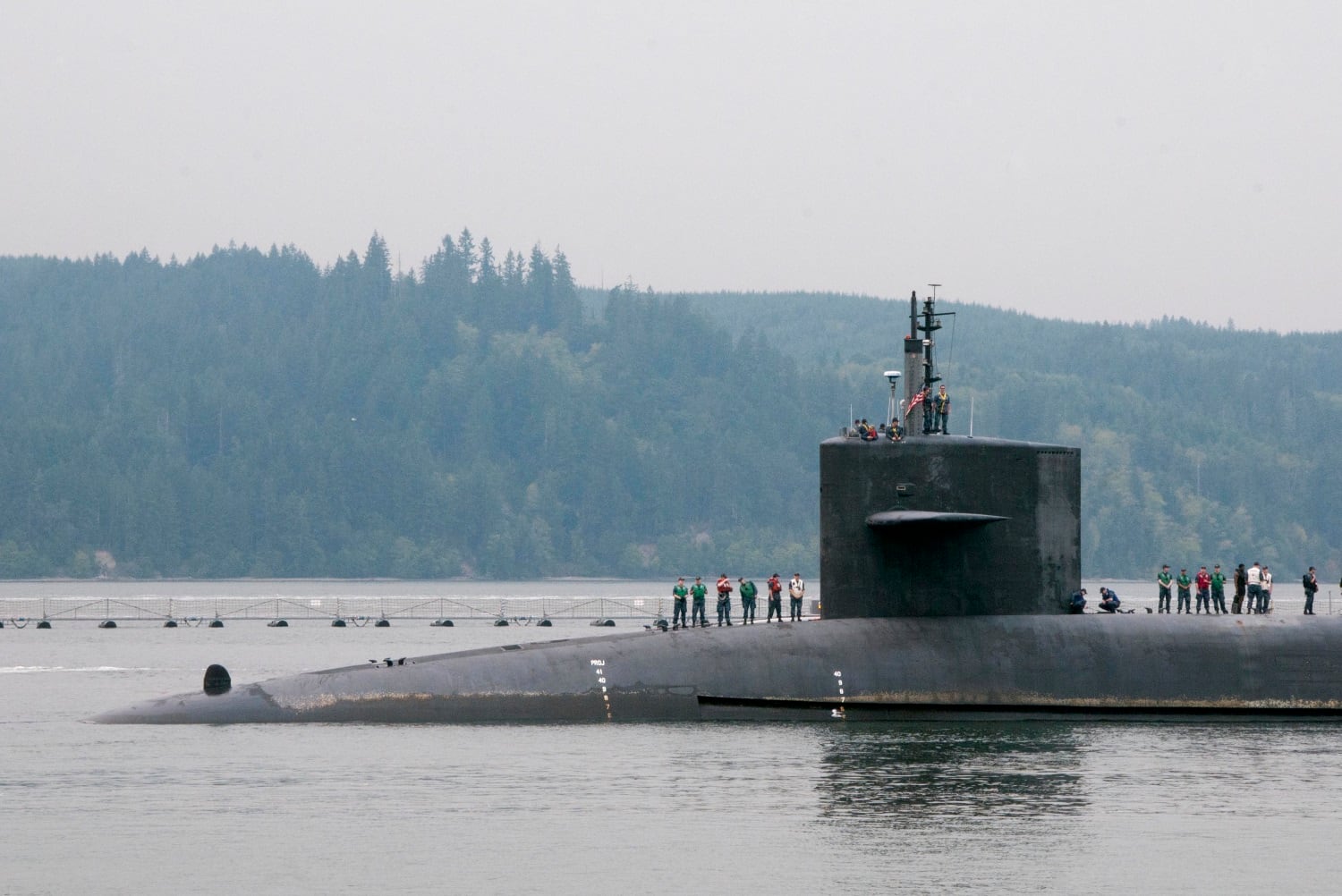Washington ― The National Nuclear Security Agency continues to underestimate how much funding it needs to update and maintain the U.S. nuclear arsenal, according to an updated government watchdog report.
The Government Accountability Office on Feb. 6 released an updated version of a previous report, which addresses the misalignment of NNSA’s expected nuclear modernization costs and budgetary requests. The NNSA is a quasi-independent branch of the Department of Energy that manages the U.S. nuclear stockpile.
In some cases, the difference between projected funding and expected modernization costs is billions of dollars. Those concerns are in line with the original April 2017 version of the report, which warned “budget estimates for some modernization programs for fiscal years 2018 through 2021 are more than $5 billion below the funding levels NNSA has identified needing.”
In the near-term, this means that the NNSA will have to defer modernization work which “could increase modernization costs and schedule risks,” according to the GAO. If the NNSA had to defer this work, the result would be what the GAO identified as a “bow wave” ― an increase in future years’ estimated budget needs that occurs when an agency undertakes more programs than their resources can support.
RELATED

According to Frank Klotz, the recently retired former head of the NNSA, these are exactly problems the agency faces right now.
“We’ve never done more than one [warhead] life extension program (LEP) at a time, since the end of the Cold War. We’re now doing essentially four,” Klotz told Defense News in an exclusive exit interview.
“We’re pretty much at capacity in terms of people, although we’re hiring more. We’re pretty much at capacity in terms of the materials that we need to do this work. And pretty much at capacity in terms of hours in the day at our facilities to do this work,” he added.
Moreover, the GAO notes the NNSA previously shifted the modernization bow wave beyond current Future-Years Nuclear Security Program (FYNSP) for FY 17 to FY21 to the FYNSP out-period in each of its last four Stockpile and Nuclear Management Plans.
Kicking this can down the road only exacerbates future budget shortfalls. As delayed programs strain future budgets, important LEPs are likely to be severally underfunded. The GAO reports that LEPs for the B61-12, W80-4, and W88 Alteration 370 are all underfunded by at least $1 billion.
This updated report follows the release of the Nuclear Posture Review, which was criticized by some members of the nuclear community for leaving out U.S. nuclear modernization programs on certain graphs (p. 8), as well as including Taiwan as part of China and omitting the Russia-administered Kuril Islands.
Daniel Cebul is an editorial fellow and general assignments writer for Defense News, C4ISRNET, Fifth Domain and Federal Times.








